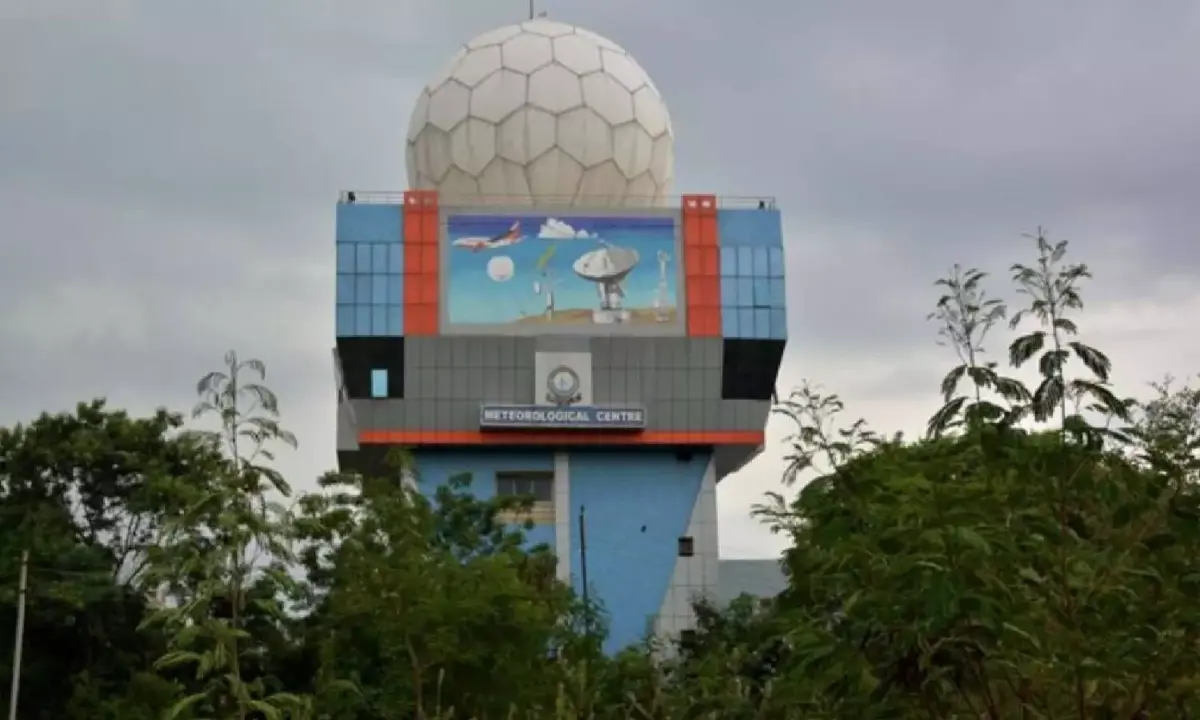The India Meteorological Department (IMD) has confirmed the early arrival of the southwest monsoon in Kerala, marking its onset nearly eight days ahead of schedule. This unexpected advancement has brought pre-monsoon showers across several parts of the country, setting the stage for a season of rainfall that may outperform the long-term average, particularly in the northern belt.
Experts from the IMD have predicted above-normal rainfall this year in key northern states such as Uttar Pradesh, Bihar, Jharkhand, and West Bengal. These projections have raised optimism among farmers, urban planners, and environmentalists alike, given the increasing water stress and climatic unpredictability in recent years.
Delhi Could Receive Monsoon Showers Before June 27 as Per Forecast Models; Shift in Wind Patterns and Oceanic Activity Behind the Early Surge
As per current estimates, Delhi is likely to welcome monsoon showers before June 27, deviating from its usual schedule. Forecast models attribute this accelerated pace to favorable conditions over the Arabian Sea and the Bay of Bengal, where early cyclonic activity and wind convergence have catalyzed moisture movement inland.
Meteorologists also point out that the reduction in western disturbance activity over the Himalayas has cleared the path for smoother and earlier monsoon penetration across the Indo-Gangetic plains.
Not Just the South—Northern States Begin Receiving Pre-Monsoon Rains: Vehicles Stranded, Trees Uprooted, Urban Drainage Under Pressure
The early rains have not come without consequences. In parts of Uttar Pradesh and Bihar, intense showers over the weekend caused localized waterlogging, falling trees, and disruption in vehicular traffic. Similar scenes were witnessed in some urban centers, where municipal infrastructure struggled to cope with the sudden downpour.
In Uttarakhand, districts like Pithoragarh and Mukteshwar reported significant rainfall figures of 78.2 mm and 59 mm respectively within a 24-hour period, signaling a strong start to the monsoon season in hilly terrain.
Climate Anomalies and Ocean Temperatures Play a Critical Role in Monsoon Acceleration; Experts Link Phenomenon to Long-Term Climatic Shifts
Meteorological experts have listed multiple reasons for this early arrival:
-
Accelerated oceanic conditions in both the Arabian Sea and Bay of Bengal.
-
Reduced resistance from western weather systems.
-
Rapid formation of low-pressure systems and cyclonic circulations.
-
Broader patterns of climate variability and warming seas, potentially tied to long-term climate change.
How This Year’s Onset Compares with Previous Ones: 2024 Marks an Unusually Early Start After a Delay in 2023
| Year | Date of Monsoon Arrival in Kerala |
|---|---|
| 2024 | 30 May |
| 2023 | 08 June |
| 2022 | 29 May |
| 2021 | 03 June |
| 2020 | 01 June |
This year’s 30th May arrival mirrors some of the earliest entries in recent memory. Notably, in 2009, the monsoon hit Kerala on 23 May, one of the earliest arrivals on record. The 1990 monsoon season was also notable, with the system entering 13 days ahead of the expected schedule.
Bihar Among Key States to Benefit from Early Monsoon; Government Urges Farmers to Begin Preparations for Timely Kharif Sowing
In agricultural states like Bihar, where over 70% of the population depends on rain-fed farming, the early onset of monsoon is being viewed as a blessing. The local administration is reportedly gearing up to facilitate early sowing of Kharif crops such as paddy, maize, and pulses.
The IMD has further indicated the possibility of continued heavy rains across parts of Bihar, Jharkhand, West Bengal, and Odisha over the coming days.





